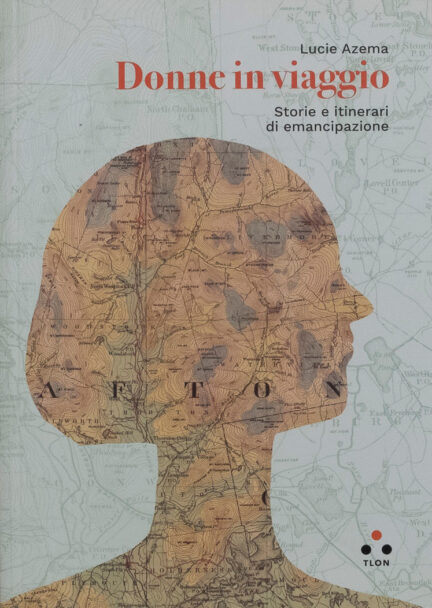
Susan Sontag, Davanti al dolore degli altri, 2021
15 Euro

2 in stock
The suffering of war and the horror of death are imprinted on the mind through images that leave a stubborn mark: from the corpses of American Civil War soldiers photographed by Alexander Gardner to Robert Capa’s celebrated Death of a Republican Militiaman, from the US flag at Iwo Jima to Vietnamese children burned by napalm, from photographs of Nazi concentration camps in January 1945 to those of the Omarska camp in Bosnia, all the way to the ruins of Ground Zero. Susan Sontag speaks, in this regard, of the “shock” of photographic representation, which authoritatively and immediately confronts us with the pain of others. By examining the course of this shock over time, the author arrives at a crucial point in our contemporary world: despite the complexity and instability of the concepts of reality/reproduction, memory/public oblivion, visibility/invisibility, the “ethical value” of the images of suffering that assail us—sometimes to the point of oversaturation—remains intact. And the questions that pervade the pages of this book remain: what happens when we encounter the representation of the pain of others? Is a “reproduction” of pain possible? How can we photograph or film it without subtracting its truth or producing voyeuristic effects? And, more fundamentally, who is the other, that uncanny emblem that challenges us through its reproduction? This is why this book, published in 2003, remains full of drive and incisiveness, as well as remaining an irreducible indictment of violence: “no one can simultaneously think and strike another living being.”
Davanti al dolore degli altri, Susan Sontag
Nottetempo
Book format: 14x20cm
Translated by Paolo Dilonardo
ISBN 9788874528868
Publication date: March 11, 2021
Pages: 160




